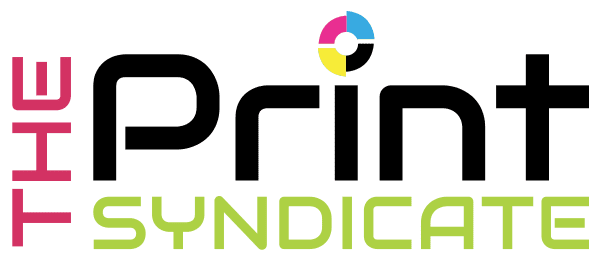Foam PVC, or polyvinyl chloride, stands as a versatile and widely used material in various industries. Its unique properties and applications make it an integral part of modern manufacturing and construction processes. This article delves into the characteristics, applications, and benefits of foam PVC, shedding light on its significance in the contemporary market.
Introduction to Foam PVC
Foam PVC, often referred to as expanded PVC or foamex, is a lightweight and rigid material known for its exceptional durability and versatility. Composed of polyvinyl chloride, a thermoplastic polymer, and various additives, foam PVC undergoes a foaming process during manufacturing. This process involves introducing gas into the material, creating a structure with numerous air-filled pockets, resulting in a lightweight yet robust product.
Characteristics of Foamed PVC
Foamex boasts several key characteristics that contribute to its popularity:
- Lightweight Nature: One of the standout features of foamex is its low density, making it significantly lighter than traditional PVC. This characteristic enhances its ease of handling and installation.
- Rigidity and Strength: Despite its lightweight nature, foamed PVC remains rigid and durable. This makes it suitable for a range of applications where structural integrity is crucial.
- Chemical Resistance: Foamex exhibits resistance to chemicals, ensuring its stability and performance even in challenging environments. This resistance contributes to its longevity and also suitability for various applications.
- Thermal Insulation: The foaming process introduces air pockets into the material, providing foamed PVC with inherent thermal insulation properties. This makes it ideal for applications where temperature control is essential.
Applications of Foamex PVC
Foam PVC finds extensive use across diverse industries, owing to its versatility and adaptability. Some prominent applications include:
- Signage and Displays: Foamex PVC is a popular choice for creating signs and displays due to its ease of printing, lightweight nature, and durability. Its smooth surface allows for vibrant and high-quality graphics.
- Construction and Building: In the construction industry, foamed PVC serves various purposes, including cladding, trim, and decorative elements. Its resistance to moisture makes it suitable for both interior and exterior applications.
- Advertising and Marketing: The material’s printability and lightweight nature make it an excellent choice for advertising materials such as banners, posters, and also promotional signage.
- Model Making: Foam PVC’s ease of cutting, shaping, and painting makes it a preferred material for architectural models, prototypes, and hobbyist projects.
Benefits of Foam PVC
- Cost-Effective Solution: Foamex PVC provides a cost-effective alternative to traditional materials like wood or metal. Its affordability, combined with its durability, makes it a preferred choice for various applications.
- Ease of Fabrication: The material can be easily cut, routed, and shaped, allowing for intricate designs and customisation. This ease of fabrication contributes to its popularity in creative and artistic projects.
- Low Maintenance: Foamed PVC requires minimal maintenance due to its resistance to weathering, chemicals, and UV radiation. This makes it a sustainable and long-lasting choice for both indoor and also outdoor applications.
- Environmental Considerations: Foamex is recyclable, contributing to sustainable practices in the manufacturing and construction industries. Choosing foam PVC aligns with environmental consciousness and responsible material usage.
In conclusion, foam PVC stands as a remarkable material with diverse applications and notable benefits. Its lightweight yet robust nature, coupled with its versatility and cost-effectiveness, positions it as a preferred choice across various industries. As technology and manufacturing processes continue to advance, foam PVC is likely to maintain its significance, playing a pivotal role in shaping the future of materials used in construction, signage, advertising, and beyond.




